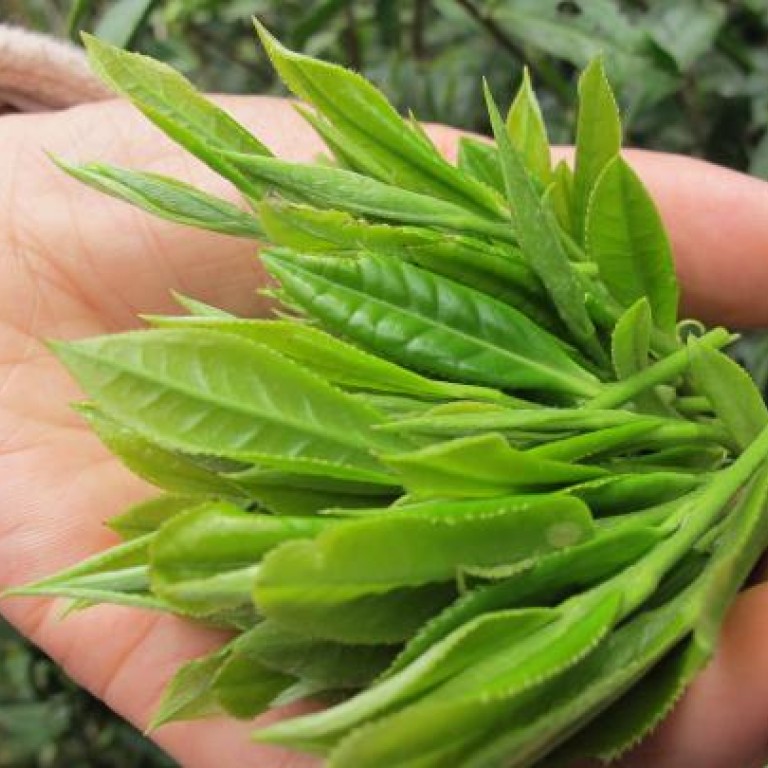
Yum cha: leaf brief
Vivian Mak
Tea, or cha ( ), is a species of plant whose leaves and leaf buds are used to produce the second most popular drink in the world, after water. According to the Food and Agriculture Organisation of the United Nations, world consumption of tea reached four million tonnes in 2010.
Tea is drunk at all times of the day, anywhere and everywhere: in Chinese restaurants with dim sum; in five-star hotels with scones; and in cha chaan teng with instant noodles and sandwiches. And it comes in many forms: loose leaf, in a bag, powdered and bottled, to name a few. But how did drinking it come about?
Tea is said to have been discovered by accident about 5,000 years ago by Emperor Shennong of China. Legend has it that one day he was resting under a tree with a pot of drinking water on the boil next to him. A few leaves from a nearby plant fell into the water, turning it yellow. Without noticing the tint, he drank it and found it highly refreshing, and the cuppa was born. The emperor subsequently used tea to cure the many cases of food poisoning he himself suffered as part of his agricultural research, for which he would often taste up to 70 types of plant a day.
Tea consumption spread to the rest of the world by land and by sea. One land route was from Xian to Arabia, then on to Eurasia; another was from Hubei to Russia. The sea routes started in the early 16th century: from Fujian province to Portugal; then from Macau to Holland. The custom of drinking tea spread to France, England and Germany in the 1600s. Then, in the middle of the 17th century, Dutch traders introduced tea to North America. Due to differences between dialects in China, the word "cha " spread via the land routes while "tea" was exported by sea.
In keeping with the emperor's experiences, tea was first used as a medicine. According to the , it has 24 health benefits: among other things it can energise, calm, brighten the vision, clear the mind, cool internal "heatiness", detoxify, aid digestion, cure hangovers, regulate intestinal movements and act as an anti-inflammatory.
Appreciation of tea's flavours came later, following the development and evolution of processing methods, which produced a spectrum of aromas, tastes and aftertastes.
Eighth-century poet Lu Yu, who wrote , spent 30 years researching the drink. Besides outlining processing and brewing techniques, he advocated a holistic approach to tea: one should be dedicated to making the perfect cup; through tea, one should learn to be disciplined in both mind and behaviour; and one should control one's consumption of the beverage. In a nutshell, a real tea person should be compassionate, love others and perform good deeds.
